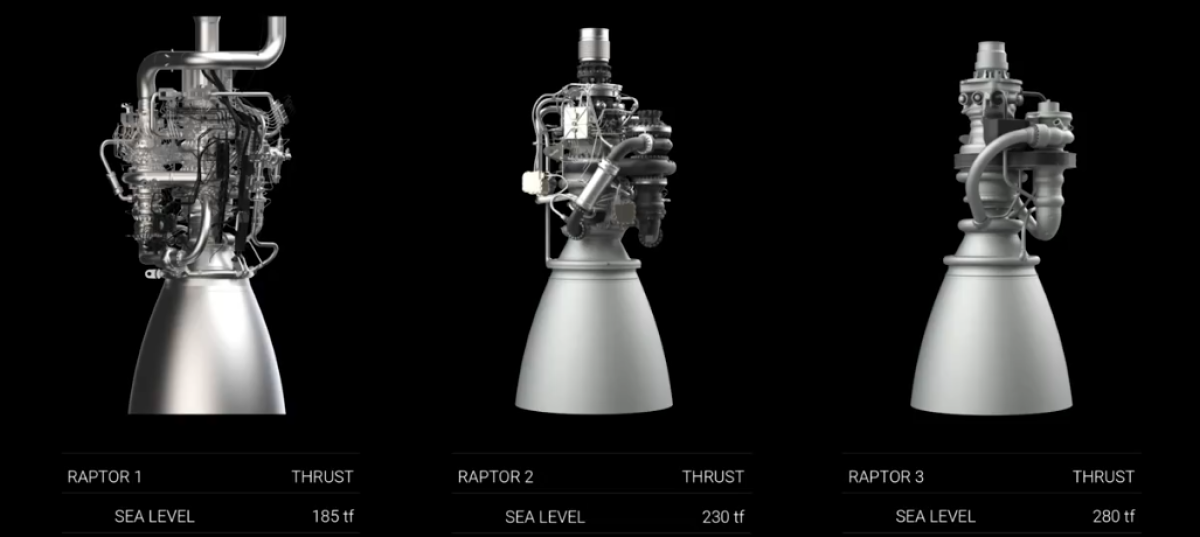Musk Plans to Deploy 1,000 Ships for Colonizing Mars

SpaceX
Elon Musk reiterated his dedication to Mars colonization during a presentation at SpaceX’s Starbase facility in Boca Chica, Texas. He discussed the progress of the company’s Starship rocket and highlighted the potential for thousands of spacecraft to journey to Mars simultaneously, driven by advancements and reduced launch expenses.
SpaceX’s founder has openly expressed his ambition to establish human colonies on Mars, aiming to ensure the survival of humanity as a multi-planetary species.
While he has made optimistic estimates about the timing of initial missions, he consistently emphasizes the importance of expanding beyond Earth as a safeguard against potential threats to civilization and the risk of human extinction.
SpaceX’s founder has openly expressed his ambition to establish human colonies on Mars, aiming to ensure the survival of humanity as a multi-planetary species. While he has made optimistic estimates about the timing of initial missions, he consistently emphasizes the importance of expanding beyond Earth as a safeguard against potential threats to civilization and the risk of human extinction.
Musk’s Vision for Martian Colonization
Musk envisions establishing the first Martian colonies within the next two decades, with SpaceX actively constructing large-scale facilities and launch sites to facilitate this endeavor.
Unlike NASA’s intermittent lunar outposts, Musk’s vision entails creating a thriving city of one million inhabitants on Mars, committed to permanent residency. Additionally, he intends to develop his own lunar base alongside this ambitious Martian project.
The cornerstone of this initiative lies in the swift advancement of the Starship launcher and spacecraft. Despite encountering setbacks, such as the premature loss of vehicles in all three orbital test flights conducted thus far, SpaceX remains undeterred.
This resilience stems from the company’s philosophy of rigorous testing, even if it means pushing prototypes to their limits and accepting failures as part of the rocket development process.

SpaceX
Scheduled for its fourth flight in May, Musk anticipates a high likelihood, up to 90%, of safely recovering the Super Heavy first stage using the innovative Mechazilla capture tower. This mechanism employs large arms to secure the rocket during its powered landing. Subsequent modifications are planned for achieving a powered landing of the second stage Starship.
Expansion of SpaceX’s Fleet
Furthermore, SpaceX is in the process of constructing six additional boosters and spacecraft, with a significant increase expected in the assembly rate.
Musk also discussed modifications to the Starship design. The current test series utilizes a cluster of Raptor engines, each generating 280 tonnes of thrust.
Musk aims to enhance this to 330 tonnes per engine, resulting in a total liftoff thrust of 10,000 tonnes for the Starship launch system. This upgrade is facilitated by streamlining the engines, including integrating coolant systems directly into the engines themselves, thus reducing weight and enhancing reliability.

SpaceX
The Starship rocket will expand by 10 meters (33 feet), enabling larger payloads of up to 200 tonnes to low Earth orbit. Musk predicts that with Starship 3 in service, launching 200 tonnes into orbit will cost as much as Falcon 1’s half-tonne payload, marking a significant reduction in cost. This reduction, down to $9 million for 200 tonnes, represents a 400-fold decrease.
Musk’s Vision for Specialized Starships
Musk envisions a fleet of specialized Starships for missions to Earth, the Moon, and Mars.
Upon landing, these vessels bound for Mars would dismantle themselves to provide materials for colonization.
He foresees a convoy of a thousand ships assembling and refueling in Earth orbit, ready for the optimal launch window to Mars every 26 months. This ambitious plan would require 10 daily launches to maintain. Additionally, Musk intends to establish fuel-cracking facilities on Mars and develop various infrastructure, including nuclear power plants if regulatory approval is obtained, to sustain these operations.

SpaceX
Musk expressed his vision: “Imagine all these starships waiting in orbit for the planets to align, then this gigantic Starfleet taking off for Mars. We’re actually going to do this. When you consider where it all began – just a sandbar here at Starbase – and now look at what we’ve achieved. Three Starship flights have launched, with a fourth on the way. We’re constructing a massive factory capable of producing numerous ships. It’s happening. We’re truly going to take humanity to Mars. I have full confidence in our ability to do it.”
Read the original article on: New Atlas
Read more: Elon Musk Warns of AI Power and Transformer Shortages by 2025










